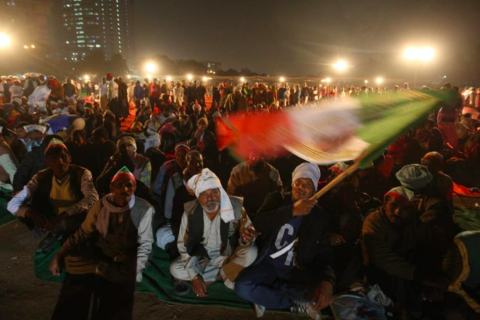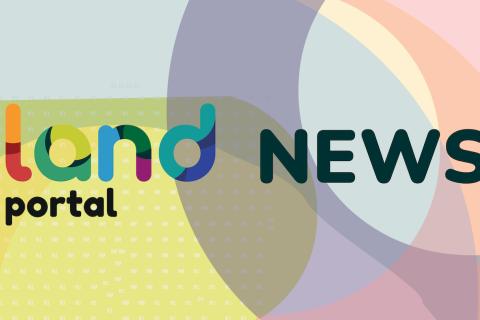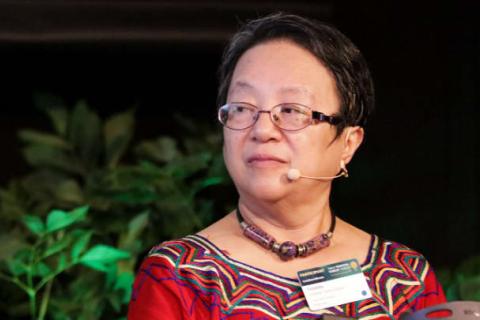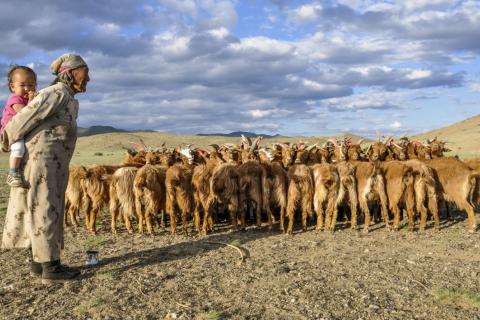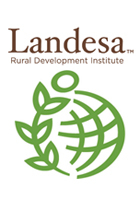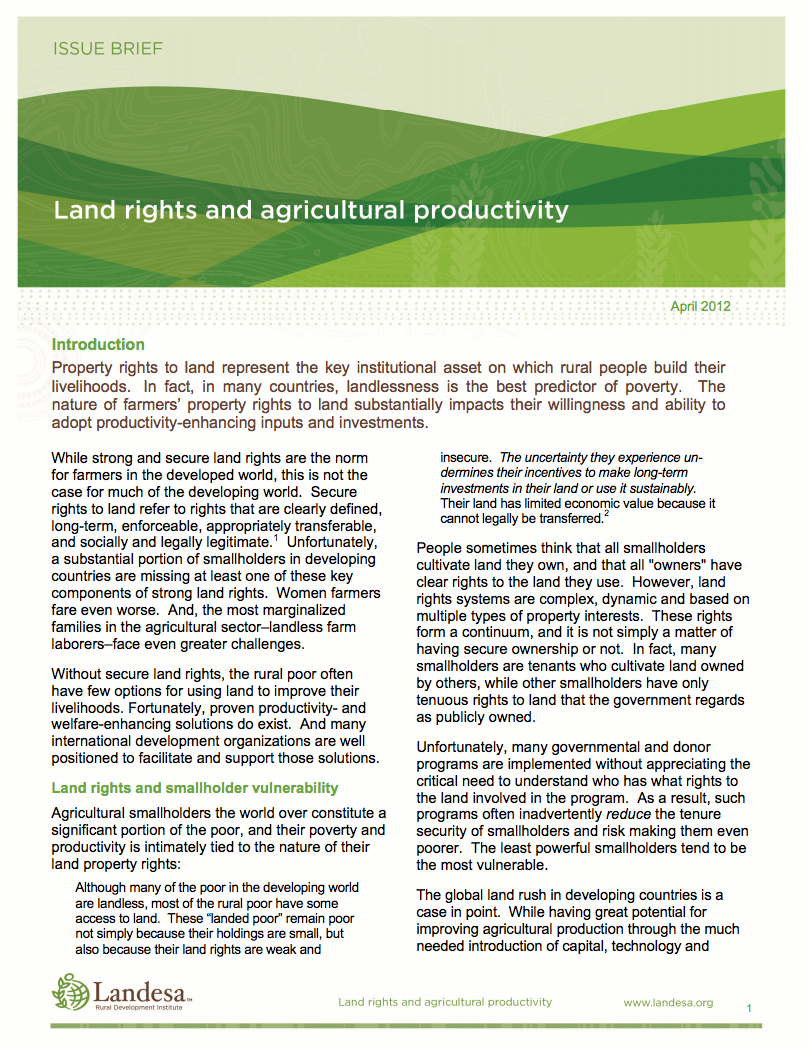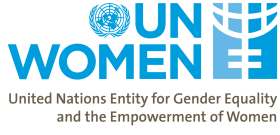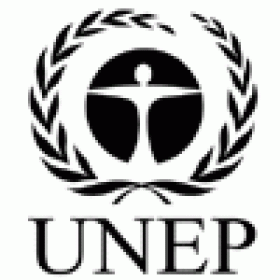
(a) Proportion of total agricultural population with ownership or secure rights over agricultural land, by sex; (b) share of women among owners or rights-bearers of agricultural land, by type of tenure
Last updated on 1 February 2022
This indicator is currently classified as Tier II. The Food and Agriculture Organization of the United Nations (FAO) is the main Custodian agency. UN Women, the United Nations Statistics Division, the World Bank, United Nations Environment Programme (UNEP), and UN-Habitat are partner agencies.
Unit of measure: Proportion of total agricultural population with ownership or secure tenure rights over agricultural land, by sex; share of women among owners or rights-bearers of agricultural land, by type of tenure
Why is this indicator important?
The empowerment of women and girls and the realization of gender equality are pivotal in achieving sustainable development, peace, food security, and other benefits for communities and societies at large. For rural women in particular, rights and access to land are needed to secure food and income for families, and to make women's voices count in community decision-making.
SDG indicator 5.a.1 monitors ownership and rights over agricultural land and is useful in profiling gender differences in agricultural land ownership and control in the sense of being able to sell or bequeath land, for example. As such, it allows to measure gender inequalities in agricultural land ownership and control. An increase in the percentage of women who own and/or control agricultural land indicates that progress is made towards achieving equal rights to land among men and women.
How is the indicator measured and monitored?
According to the metadata document, data collection draws on agricultural surveys and censuses or national household surveys. The indicator uses the agricultural population as a denominator with emphasis on the adult population living in households that have practiced agriculture over the last 12 months. This allows to capture agricultural households even if interviewed off-season. As of late 2021, ten countries have reported their official data on indicator 5.a.1.
In collaboration with UN-Habitat and the World Bank, FAO developed a joint methodology for the indicators 1.4.2 and 5.a.1 to facilitate efficient and cross-country comparable data collection. More information and additional data relating to indicator 5.a.1 such as the distribution of agricultural holders (by sex), distribution of agricultural land area owned (by sex), distribution of agricultural land value owned (by sex) is disseminated through FAO’s Gender and Land Rights Database. Disaggregated data by tenure type shall receive more attention in future reporting.
By Anne Hennings, peer-reviewed by Everlyne Nairesiae, GLII Coordinator at the Global Land Indicators Initiative (GLII) at GLTN, Un-Habitat and Clinton Omusula, Land Data and Knowledge Management Specialist at the Global Land Indicators Initiative (GLII) at GLTN, UN-Habitat and by FAO.
Official indicator data
The two sub-indicators measure how prevalent ownership or secure rights over agricultural land are in the reference population as well as the share of women among owners or rights-bearers. * Select "year" below to see the most recent data for more countries. ** To refresh the map with other official data, use the "Select an indicator" field. Type in the other indicators titles, as given in the table below.
Other related indicators on Land Portal
In addition to the official indicator data, the following indicators provide information concerning women’s tenure security, land rights, and access to land.
| Indicator | Min-Max Number of years |
Countries / Obs | Min / Max Value |
|---|---|---|---|
| Distribution of agricultural land area owned by sex (female - share%) | |||
| Formal recognition of women's right | |||
| Women's property rights are recorded (i) urban (ii) rural | |||
| 2016 - Women's property rights to land are equal to men's (i) in law and (ii) in practice |
Indian Farmers Call for Action Over Agricultural Crisis
Thousands of farmers from across India will march to the parliament in New Delhi on November 30, to demand action on the deepening agrarian crisis that has left a trail of heavy debts and suicide in its wake.
Deliver For Good Campaign In Kenya Launched To Advance Gender Equality & The Sustainable Development Goals
Civil society and government convene to promote a new advocacy initiative to fuel concrete actions that prioritize girls and women in sustainable development programmes and policies in Kenya.
More than 20 partner organizations today launched the Deliver for Good Kenya Campaign, a new advocacy initiative bringing together cross sector stakeholders to drive progress toward gender equality and the Sustainable Development Goals (SDGs) in Kenya.
Opinion: Protect indigenous, community, and women's land rights for food security and nutrition
Around 1 in 9 people in the world — 821 million — are undernourished. After a prolonged decline, the Food and Agriculture Organization of the United Nations found that world hunger is rising once again.
Why measuring land tenure matters: from the SDGs to impact evaluation
This blog builds upon Harold Liversage's presentation during the Global Land Tools Network's seventh partners meeting, which took place in Nairobi, Kenya from 23-27 April, 2017. Harold Liversage is currently the Chair of the Global Donor Working Group on Land.
Pagination
SECURING WOMEN'S LAND TENURE IN NORTHERN UGANDA – A WOMEN FIRST APPROACH
March 2014 – This paper discusses a pragmatic, adaptive framework for understanding and taking action to strengthen women’s land tenure security in the context of customary tenure. The Framework defines secure land rights in terms of five elements, which each serves as the basis for distinct, measurable indicators upon which to base project assessment, design, and evaluation.
AN INTRAHOUSEHOLD ANALYSIS OF ACCESS TO AND CONTROL OVER LAND
March 2014 – This paper assesses the extent to which Rwanda’s progressive legal framework has eliminated gender-based discrimination in access and control over land by taking a nuanced look at women’s ability to make land-related decisions and at the factors that affect their decision-making power.
A Review of Gender Issues in the Dominican Republic, Haiti and Jamaica
This report examines the effect of
gender on socio-economic outcomes in three Caribbean
countries: the Dominican Republic, Haiti and Jamaica.
Organized in three separate country notes, it covers:
demographics, health and reproductive health, violence,
Gender Issues and Best Practices in Land Administration Projects : A Synthesis Report
This report is a synthesis of information gleaned from four case studies of World Bank-financed land programs in Azerbaijan, Bolivia, Ghana, and the Lao People's Democratic Republic.
Land Rights and Agricultural Productivity
Property rights to land represent the key institutional asset on which rural people build their livelihoods. In fact, in many countries, landlessness is the best predictor of poverty. The nature of farmers’ property rights to land substantially impacts their willingness and ability to adopt productivity-enhancing inputs and investments.
Pagination
![]()

Undertake reforms to give women equal rights to economic resources, as well as access to ownership and control over land and other forms of property, financial services, inheritance and natural resources, in accordance with national laws
Indicator details
The indicator is conceptually clear, has an internationally established methodology and standards are available, but data is not regularly produced by countries.
Key dates:

